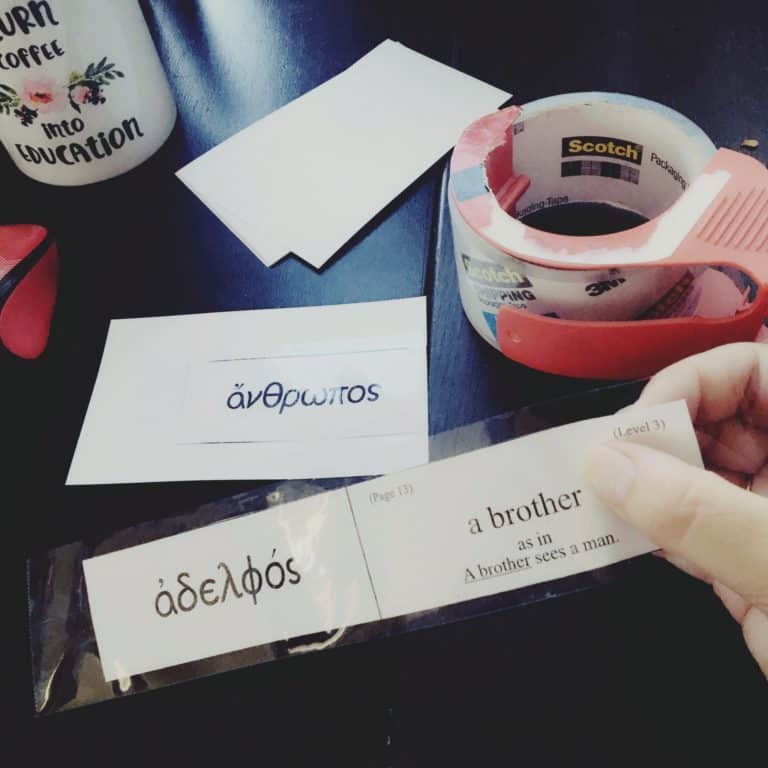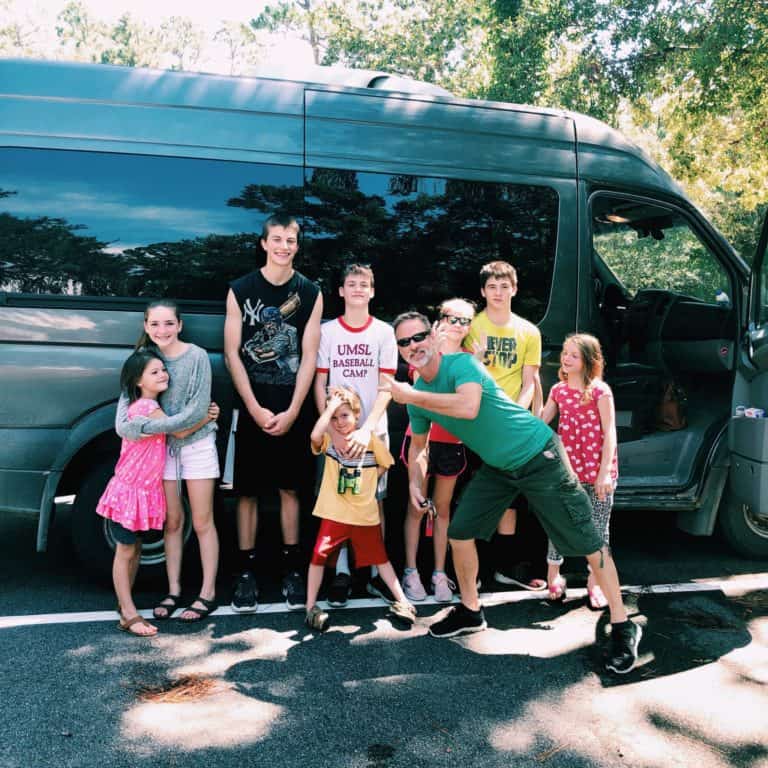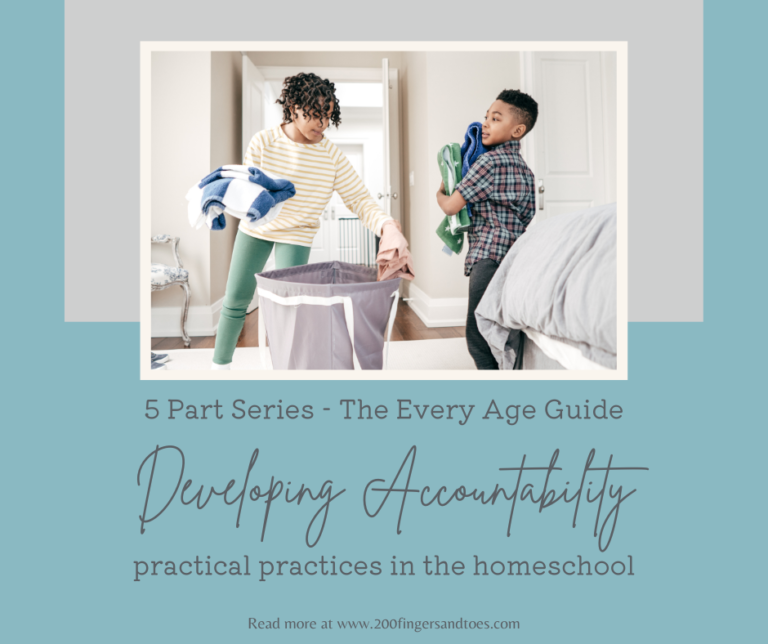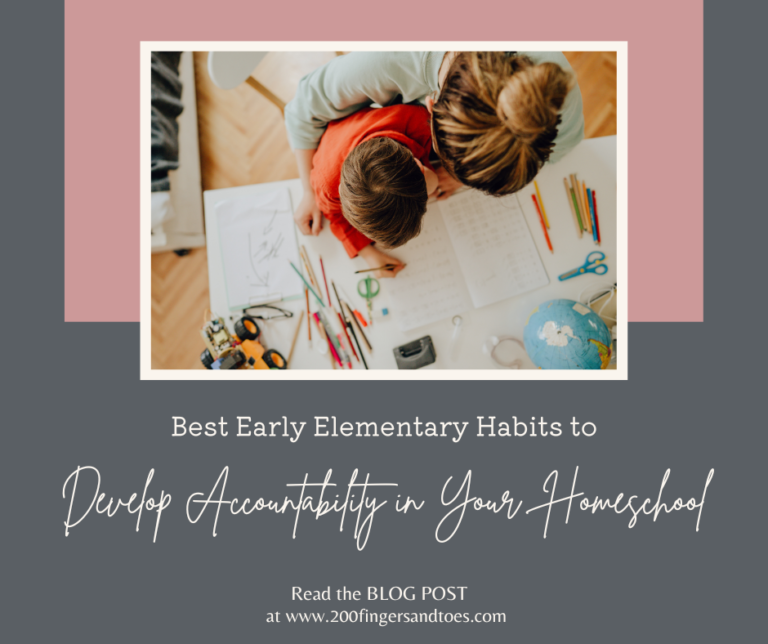Why Now is the Best Time to Study China in Your Homeschool
We may earn money or products from the companies mentioned in this review or post, but all opinions are our own.
Why We Take Year long focus on the Eastern Hemisphere

Sonlight’s HBL F is no skipping stone when it comes to the place where the two thirds of the world’s population resides. In this yearlong curriculum students go deeper than ever with their study of China with the incorporated Eastern Hemisphere Explorer (EHE) Project Guide. This notebook is created to facilitate the EHE research project that will have them gathering facts about each country they explored along the way.
This year will build depth and breadth to the foundations we have laid in previous HBL’s beginning with World Cultures back in the first grade. My kids are begging for us to use the China Kit which includes a calligraphy kit, rice paper, chopsticks and domino cards to learn a game.
PSST…Sonlight is giving you a chance to win more items like this kit to celebrate 30 years of serving the homeschool community click HERE to enter

We added another layer to our learning with the Hands-On History Kit for World Cultures. This kit was not around when we used HBL A (World Cultures) with this group of students and since they are on the younger end of the recommended spectrum, I knew they would love to add some creative activities. If you have older students you can choose the coordinating packaged Elective Kit instead. But really can you be too old to make your own dragon? Nah!

Eastern Hemisphere begins in China and then moves out over the rest of the Asian continent, to the Middle East, Africa and following to the South Pacific, ending in Antarctica. We are excited to pull out our beautifully illustrated book by Leonard Fisher and rediscover the Great Wall of China. This time in history could not be more right for this study.
Why is a Study of China Timely?
Little Ears and the News
Early in 2020, China was at the top of every news story. As shut downs from the Covid-19 outbreak began, we looked to China for vital first information. Our children were seeing the empty streets of towns and cities they had never heard of before. The problem is that the context was couched in the fear of a dangerous and unknown sickness.
As adults, it is easy to rapidly move from one news story to the next without changing gears. This influx of news snippets and bold headlines are constantly reshaping our world view under the surface. We combat this slide with the facts that we have stored in our minds. By using EHE this school year to study China, we take the helm and intentionally we begin to shape our children’s view of the parts of the world they cannot see.

Imagine a television screen; empty streets, one crowded open market, a masked population. This is not the last view of China any child should have to build an opinion on.
China is a vast, diverse land in which lives nearly 20% of the world’s population. The longest recorded history of human civilization happens in the Eastern Hemisphere. Hundreds of cultures and people groups live within the boundaries of China. Through EHE we are introduced to a small sampling of them, and get to witness how they live. Their uniqueness, their heritage and culture. These names in a book and places on a map, become smiles, smells of food and mothers and fathers; things familiar to our children.

Creating Cultural Awareness with Story & Dialogue
Sonlight’s EHE offers over forty reader and read aloud books covering History, Bible and Literature. Forty opportunities to meet life changing characters, hear their stories, struggles and triumphs. Story is the powerful agent that has survived throughout every era, to convey human history to the next generation. As we listen; color, culture, and the differences fade; our children hear the commonality of mankind. With our own hands, we experienced what we discovered on the pages of these books when we used the filmy rice paper to explore the study of Chinese art, calligraphy and create our own Haiku.

The entire human narrative is being lived out on the other side of the world as we sleep on our own side.
Families on both sides are hungry. In another city, far away, cruelty is opposed, oppressors are defeated, defeat is turned into triumph. When our characters struggle our children empathize. When they rise up, we cheer.
Through story, we connect.
We hear, from around the world that there are people who need our prayers because our hands cannot reach them.
When we read about Gladys Aylward, William Carey, Mary Slessor and Teresa of Calcutta, our hearts are stirred to act on the injustices we see before us and around the world.
In EHE, our children begin to glimpse the power of one person. One ticket, choice, meal. If one Grandma, warrior, foot-inspector, can reform a Chinese prison, what can we do with our voice too?

Stories are the first way that the far away world comes to us and becomes real.
Understanding Geography and Human Expansion
Sonlight’s HBL F and the EHE guide gives a corrected perspective to the map our children in North America are used to looking at. The world across the Pacific and Atlantic Ocean is larger than they can imagine. Many of our historical roots, ancient ancestors and family genealogies, lie across those waters as well.
Africa is referred to as the cradle of civilization.
As we spend the year studying China, Asia, Africa and their surrounding countries and people groups that live there, we discover the rivers, falls, and cities that have been portrayed in famous movies and nature reels. These places are homes to the people that are living there right now. As we write these places down on our map as we learn about them, we are expanding the world our children acknowledge as part of the one they live in.
My goal as a homeschool parent is for my children to see themselves as a part of the entire human story, from the very beginning. Each culture, diverse location and people group make that world and amazing and curious place to be explored.
Take The Reins of Your Child’s View of The World This Year Too
Make it bigger, broader and more colorful than it was before.

Hungry for more? Stay tuned for more reasons why I am excited to be using EHE for the third time to study China and more with my homeschool students.
In the meantime help Sonlight Curriculum celebrate 30 year of helping homeschooling families discover the bigger world around them. Enter to win prizes all month long HERE. The contest runs now through 9/30/20 with a new giveaway item each Wednesday and the GRAND PRIZE of an All-Subject Package of your choice from Sonlight. Enter the contest weekly for eligibility.






Thanks for the podcast transcripts! Where do get them from?
This is the site I use, PodcastTranacribe. You can not beat the price and the heart behind their work. Check them out here https://podcasttranscribe.com/#
That’s great. Thank you for the information!
What age range were your kids when you taught this course? I’m wondering when it would best fit in with my kids. Thank you!!
It is recommended for middle school range. 11-14 years old and/or 6th – 9th grade. It is a great transition to upper level work for an advanced child. They need to be able to write a three page report, so that is a good gauge. I am doing it this year with a broad range of kids 9- 15 because this is the last year before the older two kids split off for independent work. I will vary the expectations and the younger kids will do the hands on history guide. There is so much to do, I would save it for an older child who can do it all (upper middle school to 9th) if we weren’t already worked up to it.